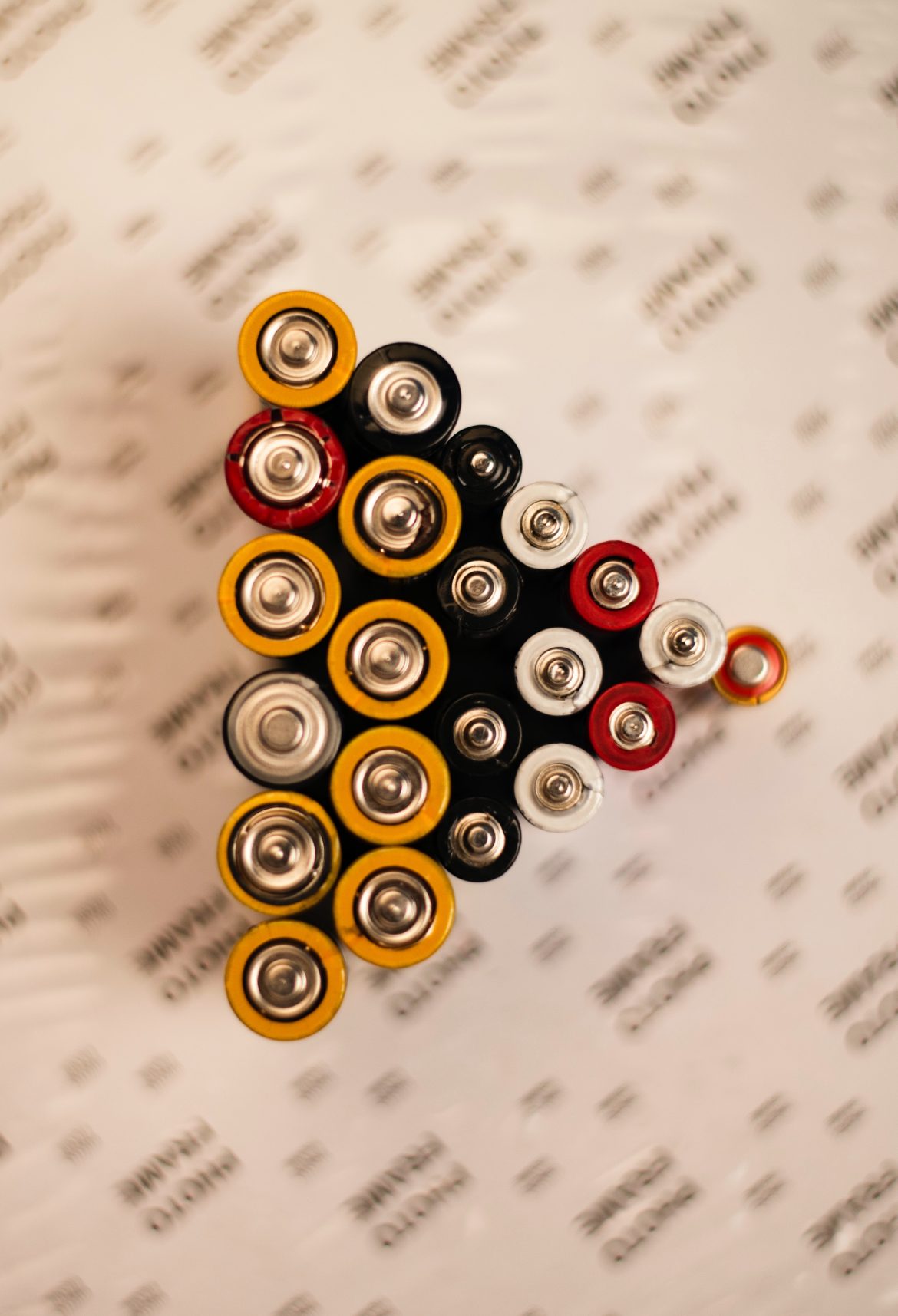Lithium ions are the primary energy storage mechanism in lithium batteries, which work by generating a voltage difference between the battery’s positive and negative terminals. The battery’s two halves are kept electrically isolated by an insulating layer called a “separator,” which prevents electrons from moving between them but lets lithium ions through.
Lithium ions migrate from the battery’s positive to the negative side through the separator during charging. Discharging a battery causes the ions to travel in the opposite direction.
There has been a recent surge in the use of lithium batteries. They are ubiquitous, appearing in everything from mobile phones and laptops to electric cars and big industrial machinery used by security tapes supplier or food packaging manufacturers.
All of these devices use lithium batteries, but not all batteries are created equal.
The five most common varieties of lithium batteries, their advantages and disadvantages, and the optimum uses for each will be discussed in detail.
5 Main Types Of Lithium Batteries
There are many different kinds of lithium batteries, each using a slightly different combination of active elements and chemical reactions to keep their energy reserves intact.
Each lithium battery has its own advantages and disadvantages and specific uses. The various kinds of lithium batteries are classified by the substances that power them. Check out the examples down below:
1.Lithium Cobalt Oxide
Batteries made from lithium cobalt oxide (LCO) have a high specific energy but a poor specific power. While they struggle under heavy loads, such as for running heavy machinery, they are reliable long-term power sources.
LCO batteries were widely used in handheld devices. However, the cost of cobalt and safety concerns have led to its declining popularity compared to other lithium batteries.
LCO batteries’ primary advantage is the high specific energy they provide. As a result, they can keep on providing power for long stretches even when under low loads.
2.Lithium nickel manganese cobalt oxide (NMC)
The advantages of nickel, manganese, and cobalt, the three major metals utilized in the cathode, are combined in lithium nickel manganese cobalt oxide (NMC) batteries. Nickel has high specific energy yet is unstable when it is isolated. Though it has low specific energy, manganese is remarkably stable. As a result of their union, a highly stable and energetic chemistry is produced.
NMC batteries by top lithium ion battery manufacturers are widely used in power tools and electric powertrains for e-bikes, scooters, and some electric cars, much like LMO batteries are.
High energy density and a longer lifespan at a lower cost than cobalt-based batteries are two of the many advantages of NMC batteries. When compared to LCO batteries, they are safer because of their superior thermal stability.
3. Lithium Manganese Oxide (LMO)
The cathode of these batteries is lithium manganese oxide. This chemical process results in a three-dimensional structure with enhanced thermal stability and safety, enhanced current handling, and reduced internal resistance.
These days, you can find LMO batteries in anything from portable power tools and medical devices to hybrid and electric vehicles.
Fast charging and high specific power are two advantages of LMO batteries. This means that they can supply more current than, say, LCO batteries. They’re safer to use at higher temperatures and have more thermal stability than LCO batteries.
Flexibility is another advantage of LMO batteries. By adjusting the internal chemistry, LMO batteries can be adjusted for either high-load or long-life applications.
4. Lithium Nickel Cobalt Aluminium Oxide
Long-lasting, high-capacity and environmentally friendly lithium nickel cobalt aluminum oxide (NCA) batteries are available. This implies they can supply a sizable current for long periods of time.
NCA batteries are widely used in EVs due to their high performance and long lifespan in heavy-load situations. In particular, Tesla favors NCA batteries.
NCA batteries’ main advantages are their strong energy output and respectable lifespan.
5. Lithium Titanate
The cathode material is what sets apart each of the several types of lithium batteries we’ve covered so far. In lithium titanate (LTO) batteries, lithium titanate is used in place of graphite in the anode, and lithium metal oxide (LMO) or nickel metal hydride (NMC) is used for the cathode.
This process yields a lithium battery that is safer than any previously available, lasts longer than any currently available, and charges more quickly than any other lithium battery.
LTO batteries are widely utilized. Some examples of applications include electric vehicles and charging stations, uninterrupted power supply, wind and solar energy storage, solar street lights, communications systems, larger machinery for plastic mold design manufacturing, and aerospace and military hardware.
Fast charging, a wide operating temperature range, a long lifespan, and excellent safety, thanks to their stability, are just some of the advantages of LTO batteries.
Conclusion
Well, lithium is not required in all battery types. Lithium batteries are a modern innovation that is quickly displacing older battery types.
Lead-acid deep-cycle batteries have been a mainstay in many applications, particularly in automobiles. Despite lithium’s rapid growth in recent years, lead-acid batteries are still widely used in gas-powered vehicles because of their low initial cost.

